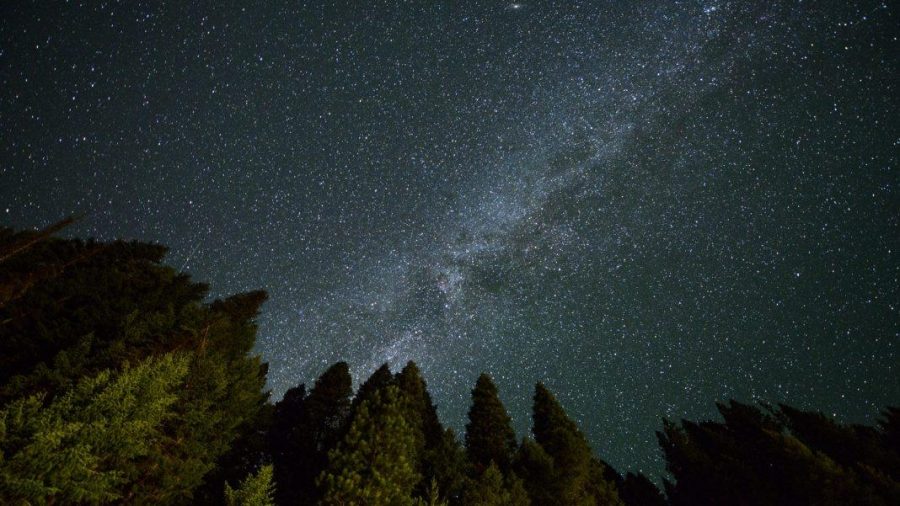Starr: Keep the Stars in Sight for Better Health
September 5, 2019
While it may not be one of the better known environmental issues, light pollution is an entire area of degradation in and of itself. It creates many challenges for an environment just as pollution does for the land we walk on and the water we sometimes drink. Much of the impact that light pollution has on the night sky is seemingly distant, keeping it from becoming a galvanizing topic for environmental activists to march or urgently write their legislators over. But as little known as light pollution may be, we must recognize the impact it has on the once prominent darkness of the night skies.
An overabundance of artificial light does far more than drown out once-bright constellations. The disappearance of darkness and the Milky Way Galaxy from view has contributed to poor human health in several different ways. Circadian rhythm problems have been linked to the excesses of light that creep into human retinas when we awaken mid-sleep. This is significant because daytime energy is impacted by the quality of sleep we get, and extreme circadian rhythm disturbances are highly connected to issues like obesity and psychiatric disorders.
While there should be concern about light pollution and its impacts on human development, we should also consider what happens to other species when unnatural light streams into their habitats. Too much artificial light causes trees to adjust poorly to seasonal variations, and this can have cascading effects on the entire ecosystem. The lifecycles of pollinator species are also majorly disrupted by our disproportionate illumination. If pollinators are hindered, not only will their species suffer, but the human food supply will as well when 35% of the world’s crops rely on pollinators. To convert that math into personal terms, the USDA estimates that one out of every three bites of your meals today was brought to you by pollinators.
The lights in our businesses, schools and along our streets are by no means inherently bad, but they still contribute to this problem. The great news is that there are ways to plan, code and better develop well-lit metropolitan areas. People don’t have to sacrifice technology and carry out their time in complete darkness to solve the problems of light pollution. Some of the solutions are as simple as swapping out wasteful fixtures for more efficient technology and ceasing to illuminate places that don’t need it in the first place. Scientists found that the area humans have illuminated on earth has grown by 2.2% per year since 2012, and the brightness of the illumination has increased by 1.8% every year. Not only are people expanding the lighting, but they are doubling down on the radiance.
Perhaps we should be smarter about our expansion goals if we wish to maintain a view of the stars and keep the many human and ecosystem benefits that come along with a clean, dark sky. A dark sky is worth fighting for. Negative effects on human health and the environment aside, we lose out on a unique perspective when we can no longer gaze up into the darkness and find the nebulas, planets and light that have traveled great distances just to reach their eyes.
Civilizations throughout the world’s history have made deep connections to the stars, and the ability to extend this relationship over future populations will vanish if we continue to let our skies become increasingly polluted with excessive, unnatural light. While this loss of culture may not seem that detrimental in the grand scheme of things, the loss of these historical aids to agriculture, religion, navigation and timekeeping is still a notable cost. Gazing upwards plants the seeds of early imagination and scientific inquiry, and the connection to who we were in the past should be protected.








